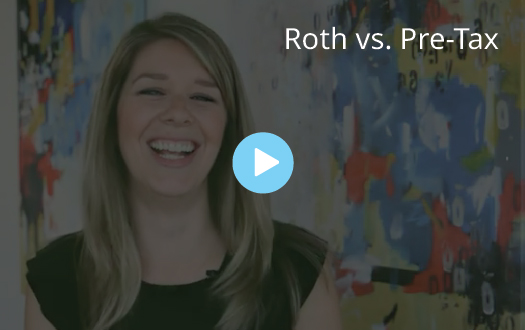Five Steps to Building a Budget


Too often, people associate budgeting with restrictiveness. However, budgets can help us plan for necessities and financial goals by setting comfortable spending limits. In other words, they’re an easy way to help optimize our money by having a plan.
We've broken the process down in 5 easy steps:
- Step 1: Review 3 months of spending history. This means logging into your bank account(s) and credit card statement(s) to review where you’re spending money
- Step 2: Group expenses into categories, covering all necessities and personal spending:
- Necessities cover everything you need: groceries, housing, clothing, transportation costs, utilities, insurance, and prescriptions/medical care
- Personal spending covers extras, like restaurants, coffee, and entertainment
- A miscellaneous buffer can be built in for outlying expenses that pop up
- You have the flexibility to be as granular or general as you need with your budget categories; however, you should at least differentiate between necessities and non-necessities
- Step 3: Evaluate your spending:
- If your spending exceeds income, you’ll need to cut back somewhere
- If your income exceeds spending, you can use the extra to pay down debt, save more, or make progress towards other goals
- Step 4: Write down your monthly budget. An Excel spreadsheet works well, or you can use an app or online resource if you prefer
- Step 5: Review and update the budget throughout each month
It may take a few months of budgeting to find your groove. If you find you are consistently going over budget, you can increase categories as needed, if your financial situation allows. Overall, the budget should be a tool for you to understand and plan your finances. As financial goals come up (like buying a home or making a big purchase), you can even work those goals into your budget.



